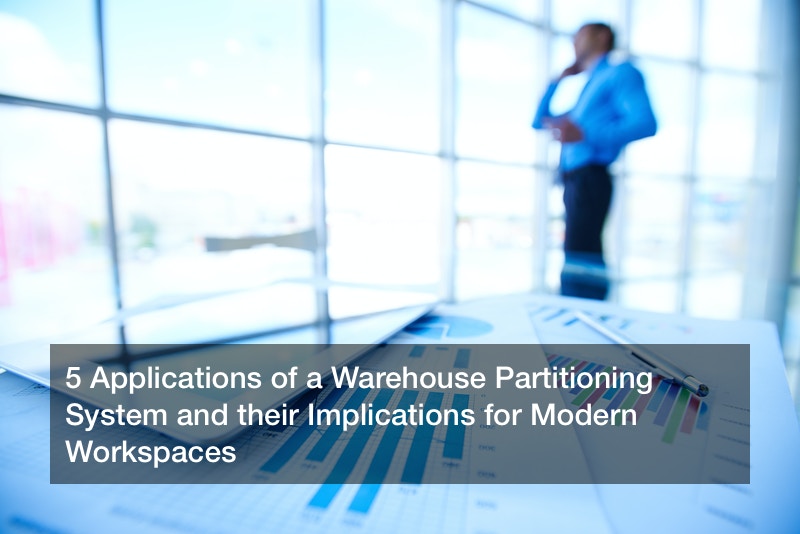
Why is modular construction such a big deal lately, anyway?
It seems everywhere you go you’re hearing about modular warehouse offices or modular houses. One study claims them to be the next great solution to a strained environment, another states them to be a convenient resource for businesses. How much is true? You’ll find all of that, and then some, is just the tip of the iceberg. Modular warehouse offices are a fantastic way to get the full package with less effort, providing you and your employees a viable means of moving place-to-place while committing to a green outlook.
How does it all work? It’s time to learn about the portable office and why it’s earned its place as the next big thing.
The Development Of Modular Construction
Modular construction may seem like a brand new development, but it’s been growing steadily for years now. It’s estimated around 90% of engineers, 85% of contractors and 75% of architects utilize prefab, or modular, construction processes on at least some of their projects. Back in 2011 prefab construction was extremely popular for certain commercial applications, with nearly half of respondents to a survey stating they used this process to construct healthcare facilities. Another 40% used them for dormitories and other college buildings, with the rest using them for manufacturing.
Industries Turning To Modular Solutions
Which industries benefit from modular warehouse offices? It’s a shorter list to say which ones don’t. You can find the in-plant modular office in construction, healthcare, education, residential and food. Modular construction is becoming very popular for hotels, in particular. The Marriott International pledged to modularly construct nearly 15% of its North American developments just the year prior. Modular construction is an ideal choice for businesses that want to match quality with speed and an eco-friendly perspective.
The Types Of Modular Resources
There are more than enough modular resources out there to catch you up to speed. The two main types of modular construction are permanent and relocatable, both of which serve their purpose depending on the project. Modular methods provide you speedier construction times while still maintaining quality, as seen by one Chinese modular construction company that built a 57-story building in less than 20 days. A study provided by FMI’s 2013 Prefabrication And Modularization In Construction Survey saw 40% of contractors considering their modular capabilities to be part of their strategic initiative.
Environmental Benefits Of Portable Offices
An eco-friendly approach pays off in more ways than one. It’s not just a phrase you slap in your product description. It’s a way to make sure every investment you make pays it forward in one way or another. Modular constructions reduce energy consumption during the building process by as much as 65%, reducing energy costs for occupants and freeing up multiple industries to reserve materials. According to a study by UK-based WRAP (or Waste And Resources Action Programme), modular construction can reduce waste materials like cement, bricks, concrete, wood pallets, shrink wrap, cardboard and plasterboard.
Utilizing In Plant Offices For Your Business
The modular in-plant office is the way of the future. It’s a viable means for companies to complete their projects quicker without sacrificing quality, a win-win for the modern business model and customers alike. It’s an environmentally friendly approach that frees up extra materials and reduces strain on the environment. It’s even a way to keep construction projects flowing on a consistent basis. A report by the Building Industry Association Of Philadelphia estimated going modular can reduce construction costs by anywhere from 10% to 20%.
Modular warehouse offices are worth the hype. How could inplant offices change the way you look at business?

